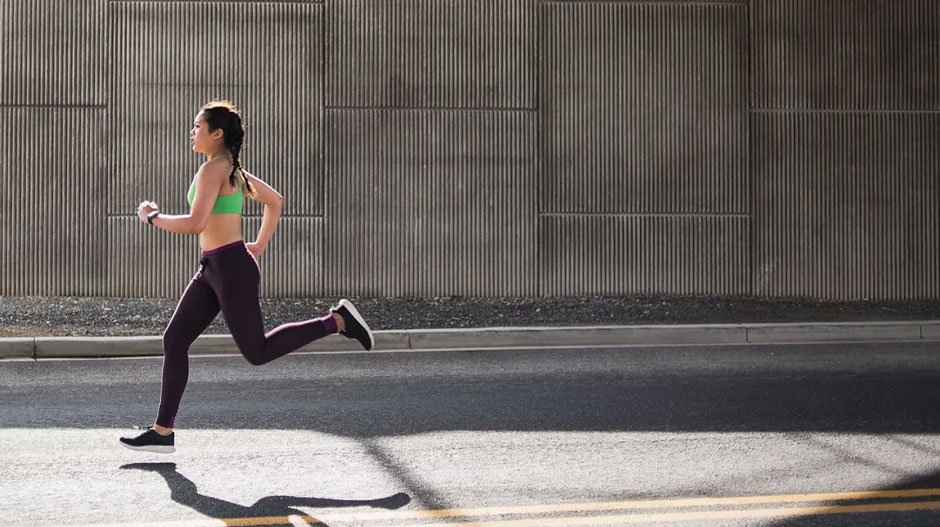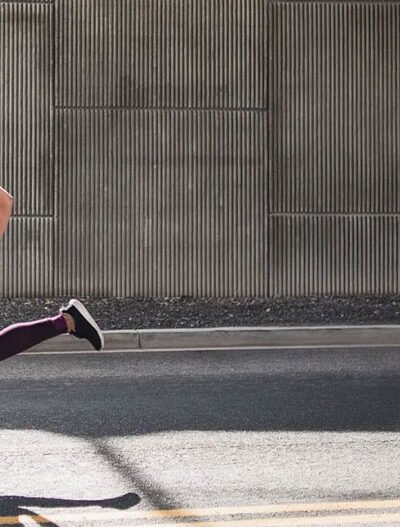 Movement isn’t just something we do—it’s a part of living. Whether it’s walking to the shop in Glasgow, playing with grandkids, or standing up without thinking twice, staying active means being connected to life.
Movement isn’t just something we do—it’s a part of living. Whether it’s walking to the shop in Glasgow, playing with grandkids, or standing up without thinking twice, staying active means being connected to life.
But how we move changes as we grow older. What felt easy in our twenties might feel different in the forties—or even sooner. The good news? That doesn’t mean giving up on movement. In fact, it means adjusting smartly and listening to the body more.
No matter what stage of life you’re in, there’s always a way to stay mobile, feel better, and enjoy the little things that come with being pain-free. Here’s how to make it happen.
Youth to Early Adulthood: Laying a Strong Foundation
This stage usually comes with endless energy and a body that bounces back quickly. Late-night football, long bike rides, workouts without warm-ups—it’s easy to think the body can handle anything.
But this is also the time to set the tone for later years. Paying attention to posture, avoiding overtraining, and mixing up movements can build solid foundations. A good mix of cardio, strength, and flexibility work goes a long way.
The more care you take now—like stretching properly or learning correct form—the fewer issues you’ll face down the road.
The 30s and 40s: Balancing Activity With Life’s Demands
In this phase, life can get busy with work, family, and other responsibilities. It’s easy to put your health last. But this is often when small signs start to show—like backaches after sitting or sore knees on the stairs. These are gentle reminders from your body.
The good news? You don’t need long workouts. Just 15 to 20 minutes of daily movement—like walking, stretching, or simple exercises—can really help.
Mobility work is also important to keep your joints happy. And if pain keeps coming back, don’t ignore it—it might be your body asking for help.
The 50s and 60s: Responding Proactively to Pain and Stiffness
Here’s where things get a bit more real. That stiffness in the morning, or the ache in your hips after a short walk—it can sneak in slowly. This is when people start to say, “Maybe it’s just part of getting older.”
But it doesn’t have to be. Sure, the body changes. But that doesn’t mean pain is the new normal. Daily stretching, low-impact workouts like swimming or cycling, and regular movement throughout the day can do wonders.
Still, sometimes discomfort sticks around no matter what. And when joint pain begins affecting daily life—whether it’s sleep, walking, or standing—it might be time to explore more effective options. Treatments like Hip Replacement in Glasgow have helped many people regain their freedom to move without pain. When simpler fixes don’t work, expert support can bring back the ease of everyday life. Plus, taking action earlier often means a smoother road ahead.
The 70s and Beyond: Emphasizing Gentle Mobility and Prevention
At this stage, the focus shifts. It’s less about pushing limits and more about keeping things moving steadily.
Gentle is the keyword. Activities like walking, light stretches, tai chi, or pool-based exercises help maintain flexibility and strength. Even simple routines done at home—like standing calf raises or shoulder circles—can keep the body feeling good.
Balance is another thing to watch. Working on core strength, using supportive shoes, and staying aware of the surroundings can help reduce the risk of falls. And here’s something people often forget: staying social helps keep you active. Whether it’s a dance class or a walking group, moving with others makes it more fun—and more likely to stick.
All Ages: The Overlooked Power of Recovery and Self-Care
Moving is important, but recovery matters just as much. Muscles need time to rest, and joints need care. Things like foam rolling, stretching after a workout, warm baths, and quality sleep all support recovery. So does staying hydrated and eating well—nutrients feed the joints and help repair tissue.
It’s also about being honest with yourself. If something doesn’t feel right, don’t wait it out. Addressing it early usually means easier solutions. Pain is a message. Ignoring it often makes things harder later on.
Conclusion
Movement looks different at every age. What matters is not how much you do—but that you keep doing something. Whether it’s a walk around the block, a swim, or getting the help you need to feel better, staying active means staying connected to your life, your energy, and your independence.
No matter your age, movement should feel good. And with the right habits, the right attitude, and the right support when needed, it absolutely can.





Leave a Reply